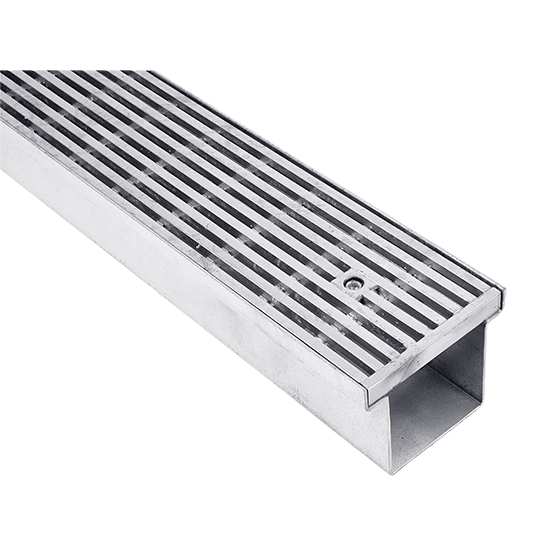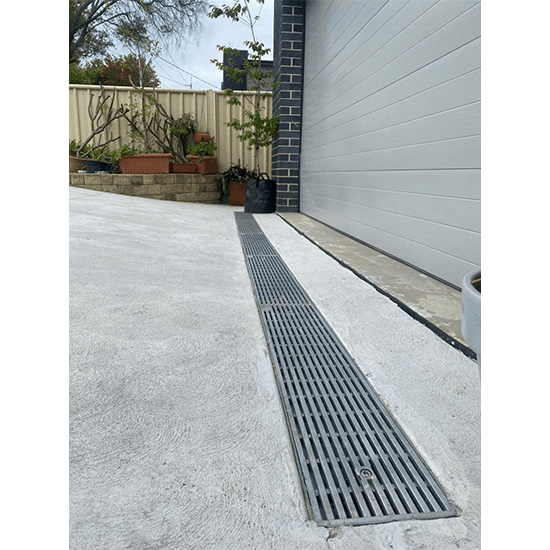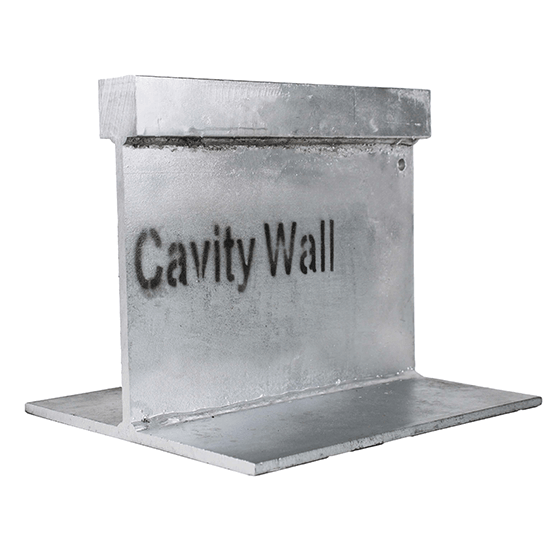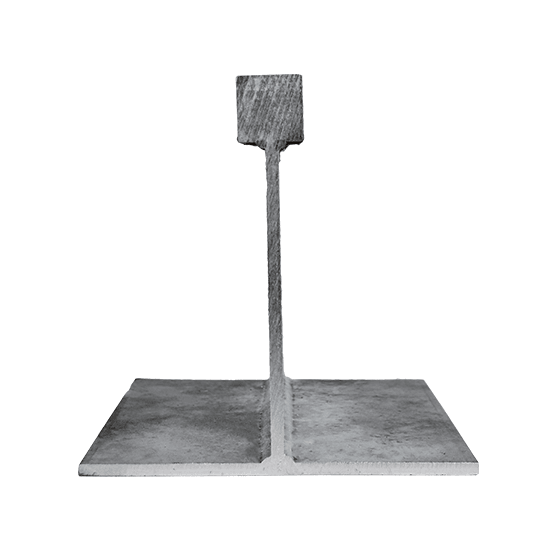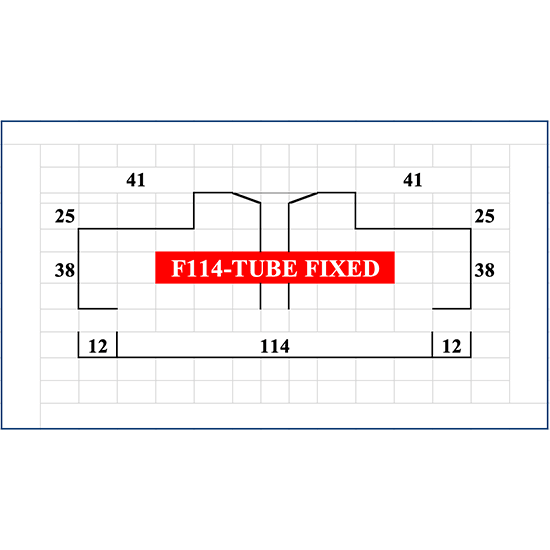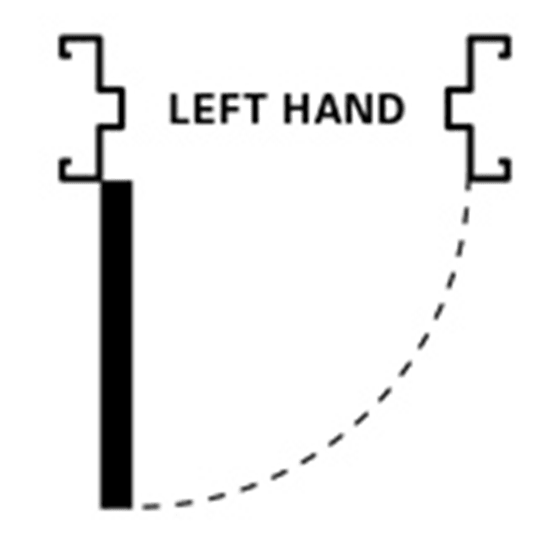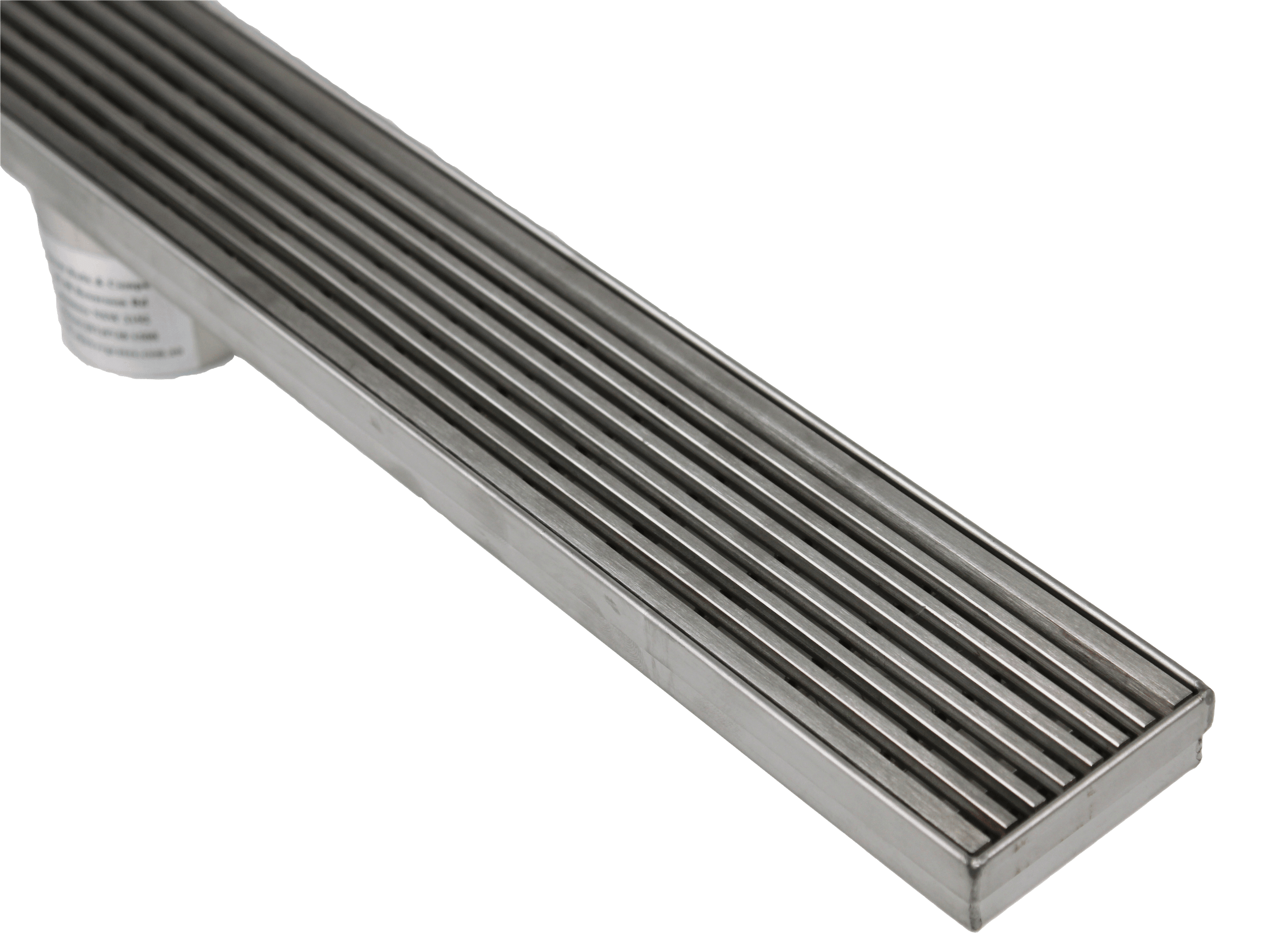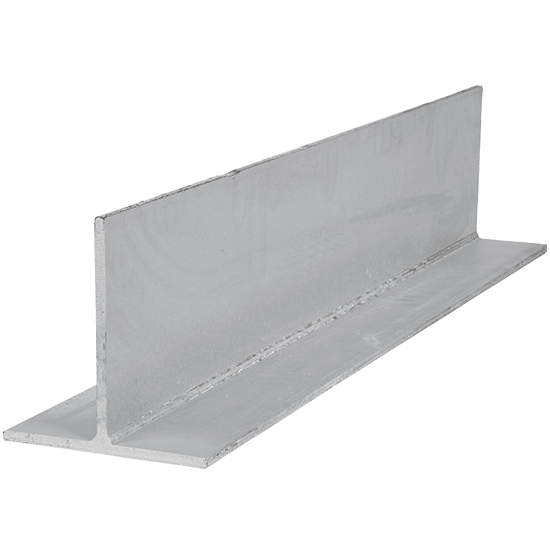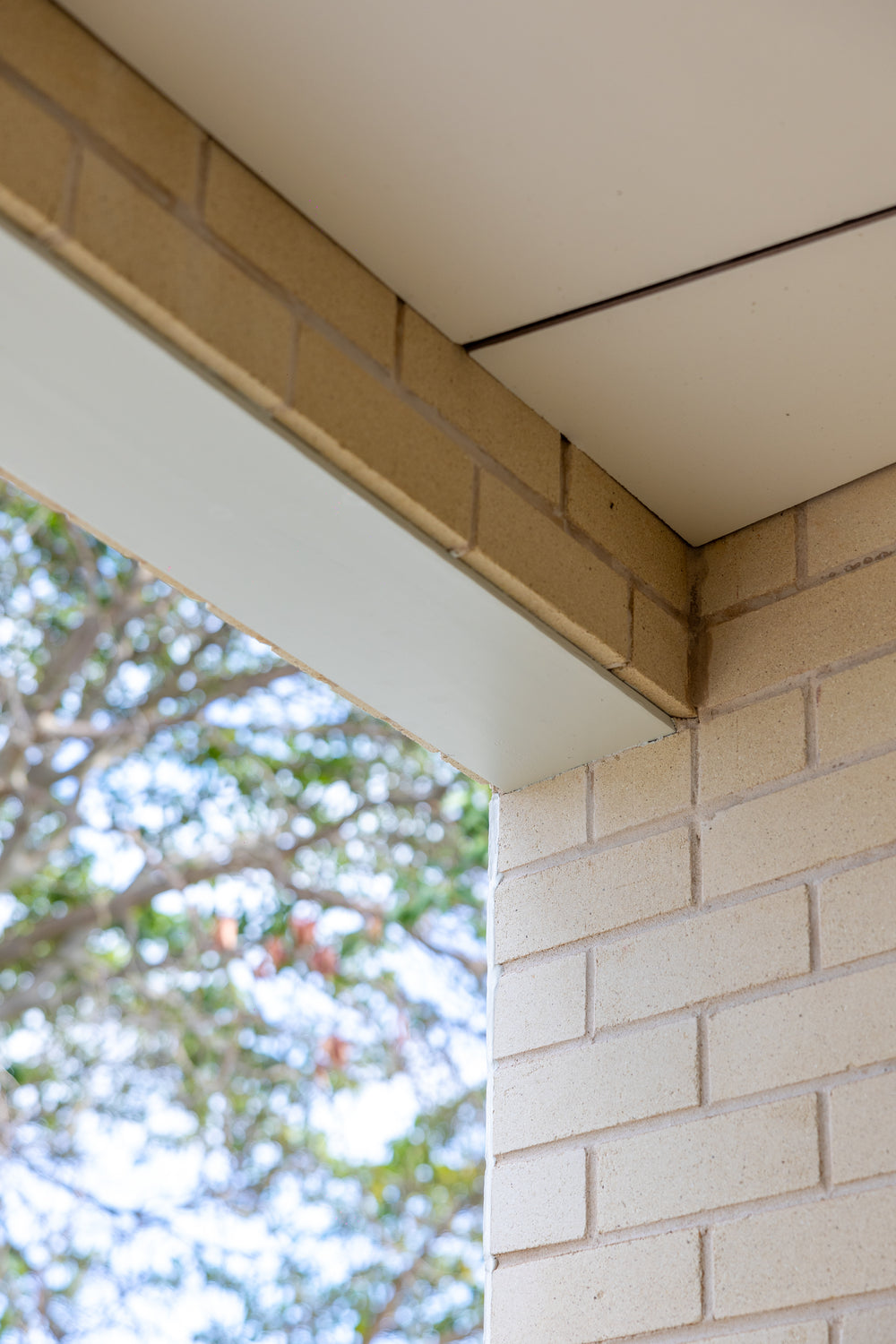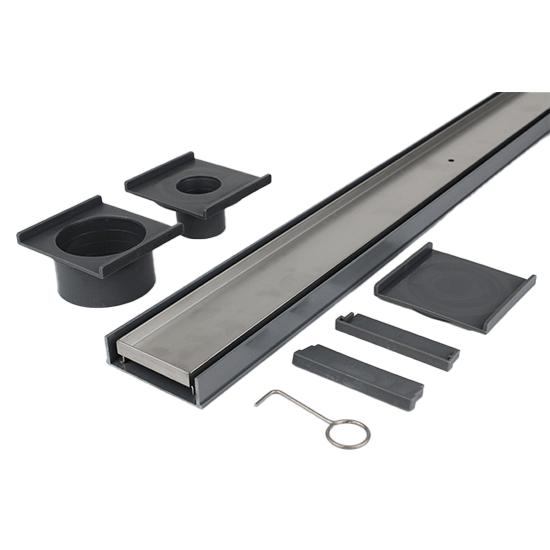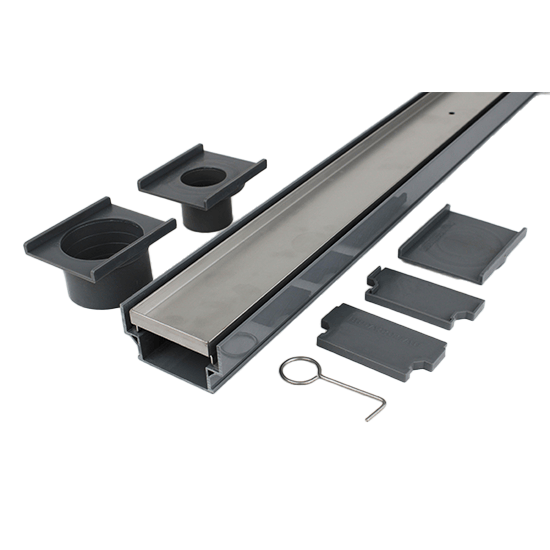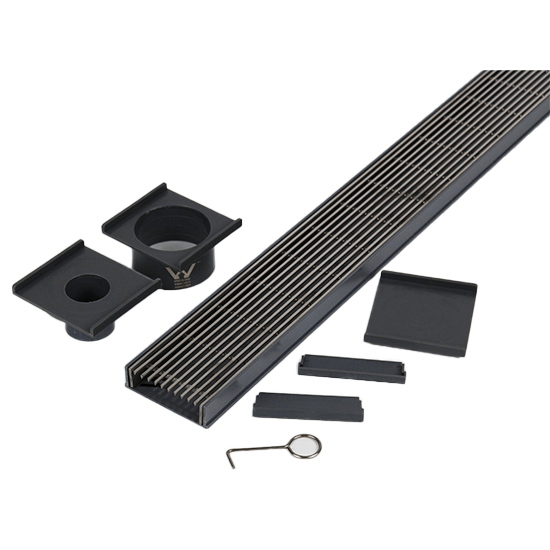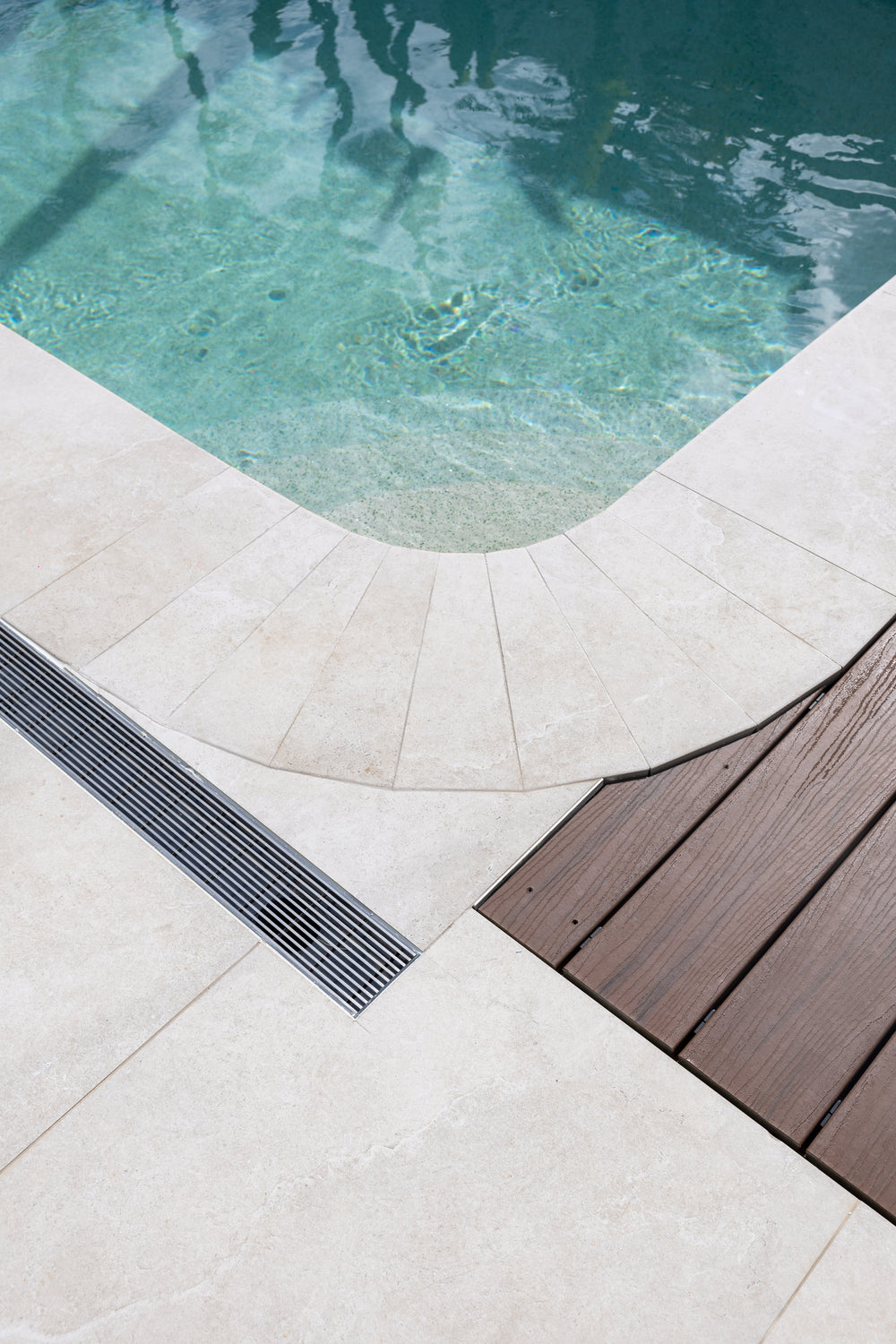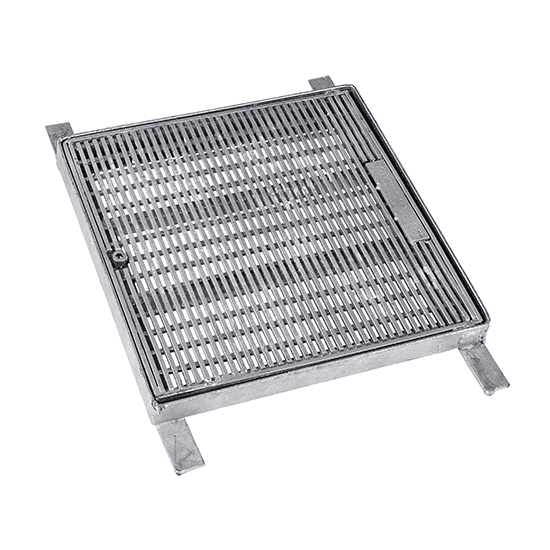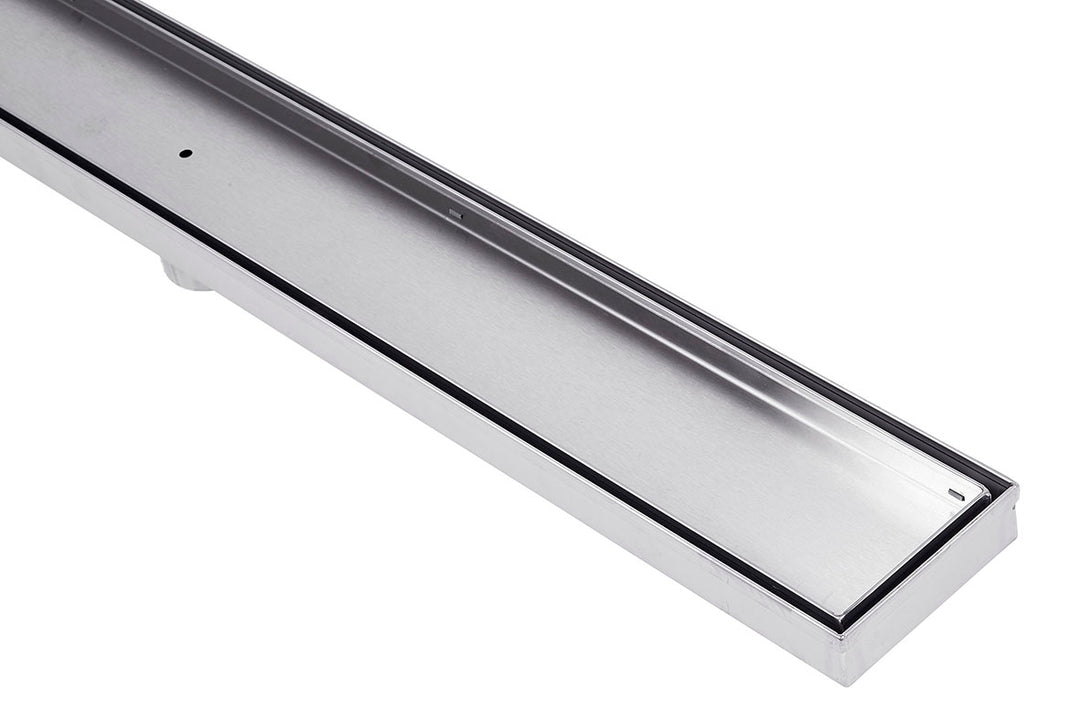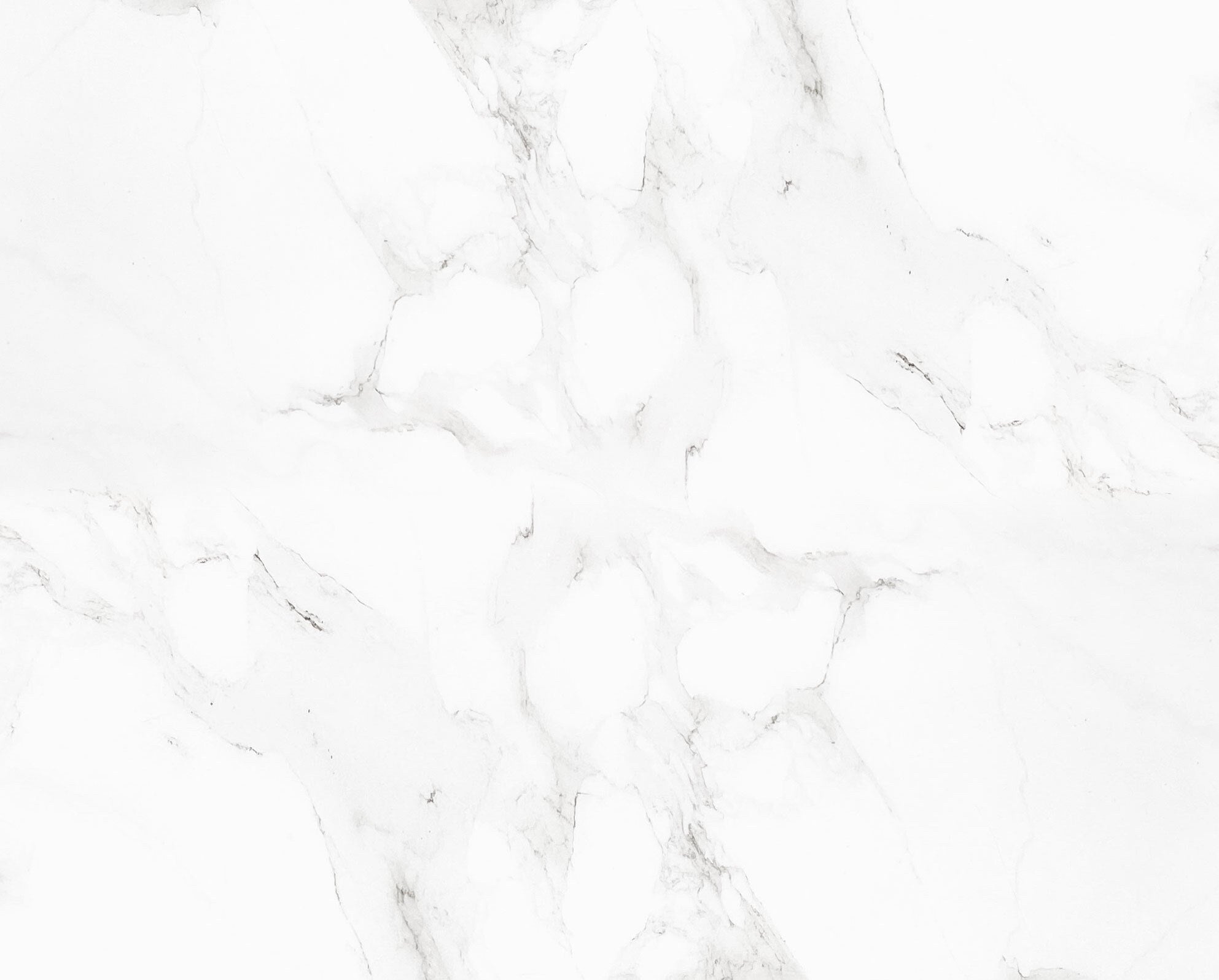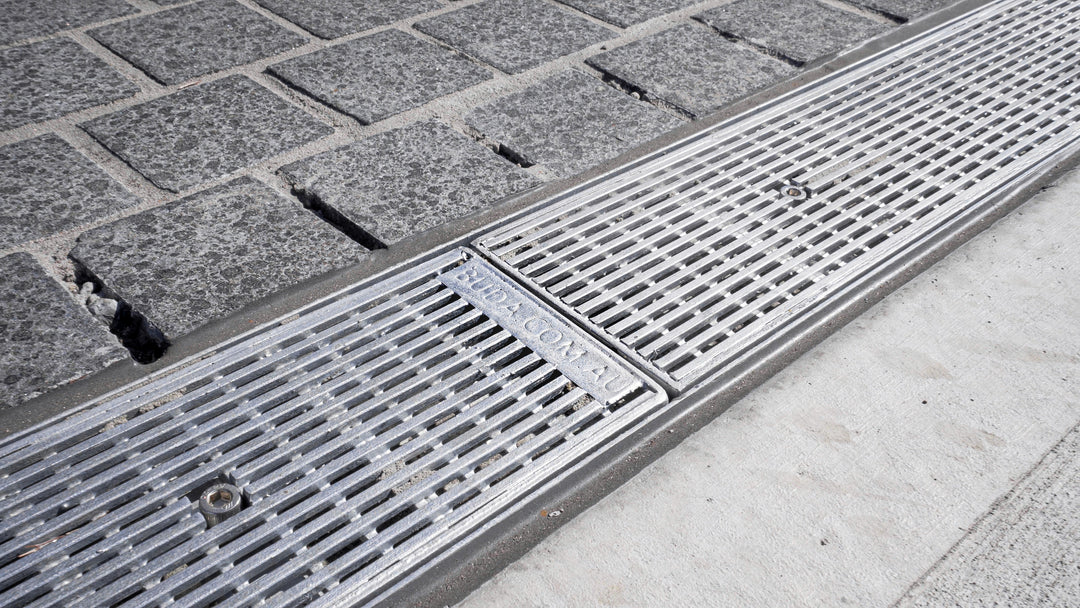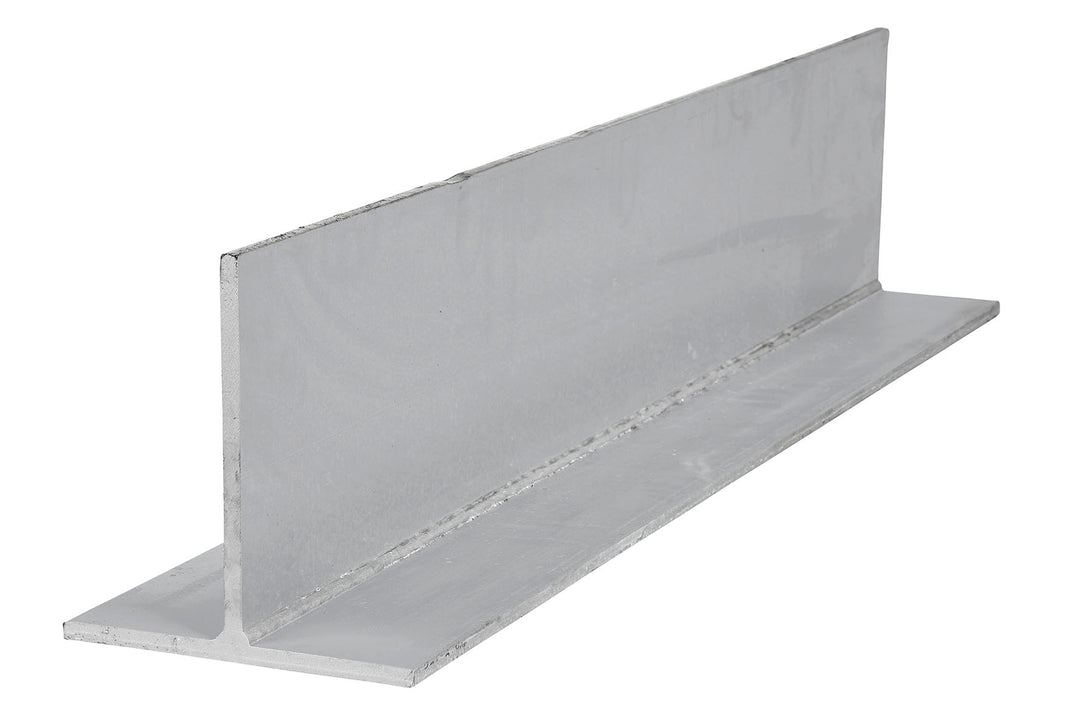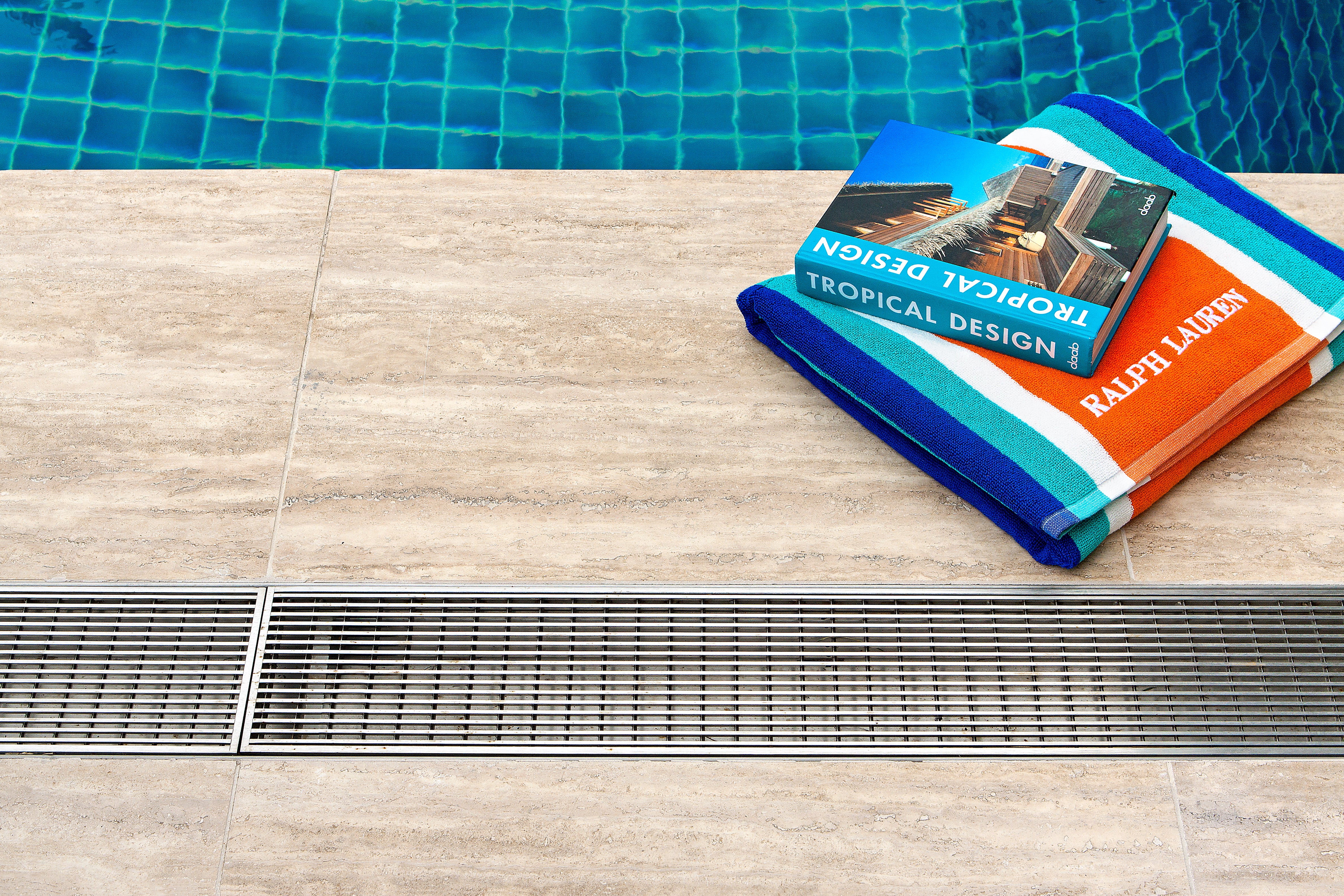Stainless Steel Grades And Families Explained
Steel is an alloy of iron and carbon, whereas stainless steel adds chromium to the mix giving it far better corrosion resistance. While this metal alloy isn’t technically stainless, its corrosion resistance means it can withstand environmental stresses without showing wear and tear.
Stainless steel types and uses are wide and varied, with all kinds of industries benefiting from this incredible metal alloy. However, to be considered stainless, these steel alloys must contain at least 10.5% chromium to be considered stainless. Once it meets this requirement, the steel is categorised into different steel families and grades depending on the amount of chromium and the number of additional alloy ingredients such as molybdenum, nickel, titanium, aluminium, copper, nitrogen, phosphorous or selenium.
Learn more about stainless steel grades and the differences between each family with help from Vincent Buda, your trusted specialist manufacturer and distributor of building products since 1957.
Stainless Steel Families
Before we get into the different types and alloy grades, we have to discuss how the industry categorises this incredible metal. Steel is classified into four families based on the ratio of various metals in the alloy.
The four stainless steel families are austenitic, ferritic, duplex and martensitic & precipitation hardening. Though fortunately for us, we only need to focus on austenitic steel.
-
Austenitic: this is the most accessible and easiest to work and weld as it is non-magnetic unless cold worked. Austenitic steel offers excellent ductility, toughness and corrosion resistance.
-
Ferritic: although ferritic steel offers improved corrosion resistance, it is rarely used in structural steel applications as all ferritic grades are magnetic.
-
Duplex: this type of steel is equal parts austenite and ferrite, making duplex stainless steel twice as strong, with improved corrosion resistance. All duplex grades are magnetic.
- Martensitic & Precipitation Hardening: thanks to its high carbon content, this family responds well to heat treatment giving it high mechanical strength and hardness. It’s also magnetic in all conditions.

Each stainless steel family is then broken down by its specific properties into various stainless steel grades.
Stainless Steel Grades Explained
Toughness, magnetism, corrosion resistance, and alloy composition determine the different grades of stainless steel. However, there are multiple international entities in charge of classifying and categorising metal alloys based on their composition, which means there are various ways to describe the specific properties to determine their grade.
Fortunately, we only have to follow the Australian Standards and their strict chemical composition requirements, such as 304 UNS S30400 Austenitic Stainless Steel.
Although 30 stainless steel grades are commonly available in Australia, the two most common types are made from 304 and 316 stainless steel and are all austenitic.
304 Stainless Steel
- suitable for indoor applications in bathrooms, kitchens, laundries and other wet areas.
- contains roughly 16-24% chromium and up to 35% nickel, with small amounts of carbon and manganese.
- more affordable and accessible than 316 steel.
- Vincent Buda offers a vast range of 304 steel grates and drains to suit various applications.
316 Stainless Steel
- suitable for external applications in corrosive environments, especially near the ocean or swimming pools.
- additional molybdenum (+3%) increases corrosion resistance
- 316 requires less maintenance.
Although 316 stainless steel is more durable, 304 stainless steel is the ideal choice for most applications that do not require extreme corrosion resistance.

Does it come in black?
As an extension to our original Heelguard with Plastic Base Grate Kit, Vincent Buda has created a black stainless steel drain finish in the same heelguard grate kit.
We now have expanded the range to the black finish in all the original sizes, including 75mm wide x 23mm deep, 100mm wide x 28mm deep and 95mm wide x 50mm deep. All three sizes are available in 1, 2 and 3-metre lengths and can be joined for as long as needed.
These 316 stainless steel grates have what’s known as a PVD treatment, giving them a stylish black finish whilst maintaining affordability and versatility for a range of internal drainage applications.
Check out the image below to compare the two drain grate styles.

What about Plastic and Galvanised Drains?
Although plastic grates are more affordable, their durability over time is far less than a stainless steel channel drain and galvanised steel options. Plastic grates are prone to bending and warping. Over time, this can lead to changes in shape or form. Often caused by the weight of vehicle traffic or exposure to intense heat, plastic pits can expand and contract, distorting the tray.
Because fully hot-dipped galvanised steel grates are rated for much higher loads than plastic and stainless steel, they offer superior durability, making them ideal for high-traffic areas like driveways.
High-Quality Steel For Your Next Project
Vincent Buda & Company is a specialist manufacturer and distributor of building products, including 304 and 316 stainless steel. Serving the building industry for over 65 years, we’re the ideal destination for all your grates and drains and the exclusive seller for Aqualuna Drains and Budabar lintels.
Shop online now to access drainage solutions for internal and external applications alongside high-quality structural steel and building supplies for various projects, big and small!
Serving builders and DIYers since 1957, you can trust the Buda for your next job!


